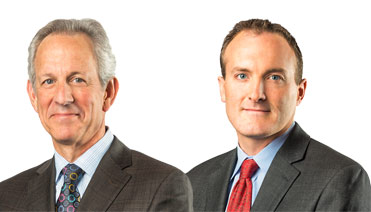When a surgeon performs the wrong procedure on a patient, that patient generally has medical malpractice claims against the surgeon, any other medical professional involved and the hospital. This means the surgeon and hospital can be sued for money to compensate the patient for the harm done.

General surgery and orthopedic surgery are usually involved with these cases, but other surgical areas can also be involved, including neurosurgery, podiatric, dental, ob/gyn, cardiovascular (heart), thoracic (lung and other organs), ophthalmology, otolaryngology, anesthesiology and radiology.
The patients that are victims of a wrong procedure will need the correct procedure done and may need additional surgery to repair any damage done as a result of the first incorrect procedure.
Procedures that may be involved in these cases:
- Biopsy, for example, a lung biopsy instead of a liver biopsy
- Knee arthroscopy and meniscectomy, chondroplasty, anterior cruciate ligament reconstruction
- Knee replacement
- Shoulder arthroscopy and decompression, distal clavicle excision, debridement
- Carpal tunnel release
- Repair of femoral neck fracture
- Repair of trochanteric fracture
- Debridement of skin/muscle/bone/fracture
- Hip replacement
- Repair of rotator cuff tendon
- Laminectomy
- Lumbar spinal fusion
- Low back intervertebral disc surgery
- Incise finger tendon sheath
- Cataract surgery
- Glaucoma surgery
- Refractive surgery
- Corneal surgery
- Vitreo-retinal surgery
- Oculoplastic surgery
Attorneys Fred Pritzker and Eric Hageman are lead attorneys for our medical malpractice cases. We are a national law firm with offices in Minneapolis, Minnesota.